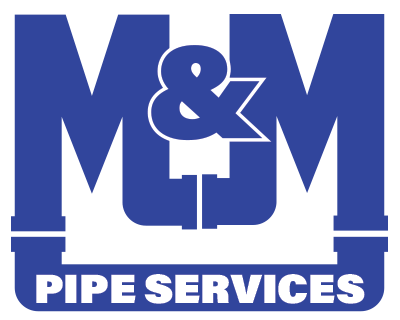Trenchless technology refers to a set of construction and repair methods used for installing, repairing, or replacing underground pipes, conduits, and utilities without the need for traditional open trench excavation. This approach minimizes disruption to the surface and surrounding infrastructure, reduces environmental impact, and often results in cost savings. Trenchless technology is widely used in various industries, including water supply, wastewater management, telecommunications, and gas distribution.
Here are some common trenchless methods for pipe repair and underground utilities:
Horizontal Directional Drilling (HDD):
- HDD involves drilling a pilot borehole from a starting point to an exit point, typically underground. As the drill progresses, it can steer and change direction as needed.
- After the pilot borehole is created, larger reaming tools are used to enlarge the hole to the desired diameter, allowing for the installation of pipes or conduits.
- HDD is commonly used for installing new utility lines beneath roads, rivers, and other obstacles without the need for open trenches.
Pipe Bursting:
- Pipe bursting is used to replace old or damaged pipes with new ones by breaking apart the existing pipe while simultaneously pulling the replacement pipe into place.
- A bursting head or expander is used to fragment the existing pipe as it moves through it, and a cable or rod behind it pulls the new pipe into position.
- This method is effective for replacing deteriorating pipes without excavation and is often used for sewer and water line replacement.
Cured-In-Place Pipe (CIPP) Lining:
- As mentioned in the previous response, CIPP lining involves inserting a flexible liner impregnated with resin into an existing pipe and then curing it in place to create a new, structurally sound pipe within the old one.
- CIPP lining is commonly used for rehabilitating aging or damaged sewer and water pipelines.
Sliplining:
- Sliplining is the process of inserting a new pipe (typically made of HDPE or PVC) into an existing one.
- This method can be used to repair or rehabilitate pipelines with various materials, including concrete, clay, and metal.
- Sliplining is often employed for smaller diameter pipes.
Microtunneling:
- Microtunneling is a specialized trenchless technique used to install pipelines beneath obstacles like roads, railways, or rivers.
- It involves the use of a remote-controlled boring machine to create a tunnel for the pipeline installation.
Pipe Jacking:
- Pipe jacking is a method for installing new pipes by pushing or jacking them through the ground from a starting point to an exit point.
- It is commonly used for the installation of sewer and stormwater pipelines.
Trenchless technology methods can vary in complexity and suitability depending on the specific project requirements, including the type and condition of the existing infrastructure, the diameter of the pipes, and the environmental considerations. These methods have become increasingly popular due to their ability to reduce disruption, save time and money, and minimize environmental impact compared to traditional open trench excavation methods.


Recent Comments